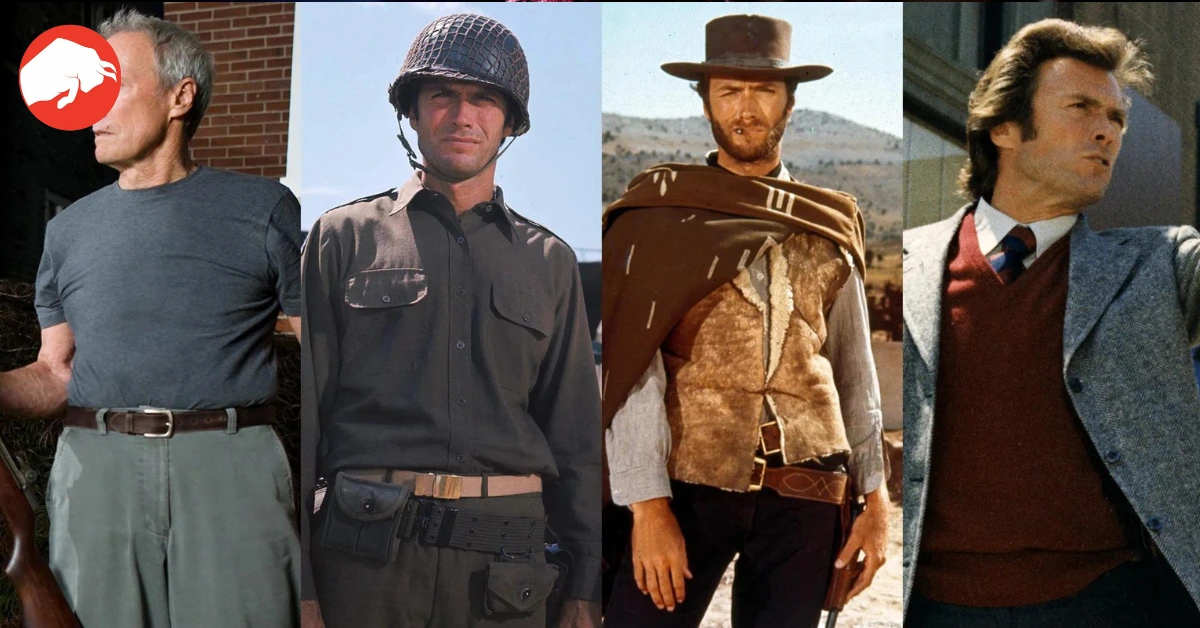Clint Eastwood: The Legend’s Evolution in Filmmaking
From rugged cowboys to gritty cops, Clint Eastwood’s name has become synonymous with iconic film characters. Yet, over the past decade, this cinema titan has shifted his lens, diving into the compelling waters of true-life narratives.
A Storied Career in Cinema
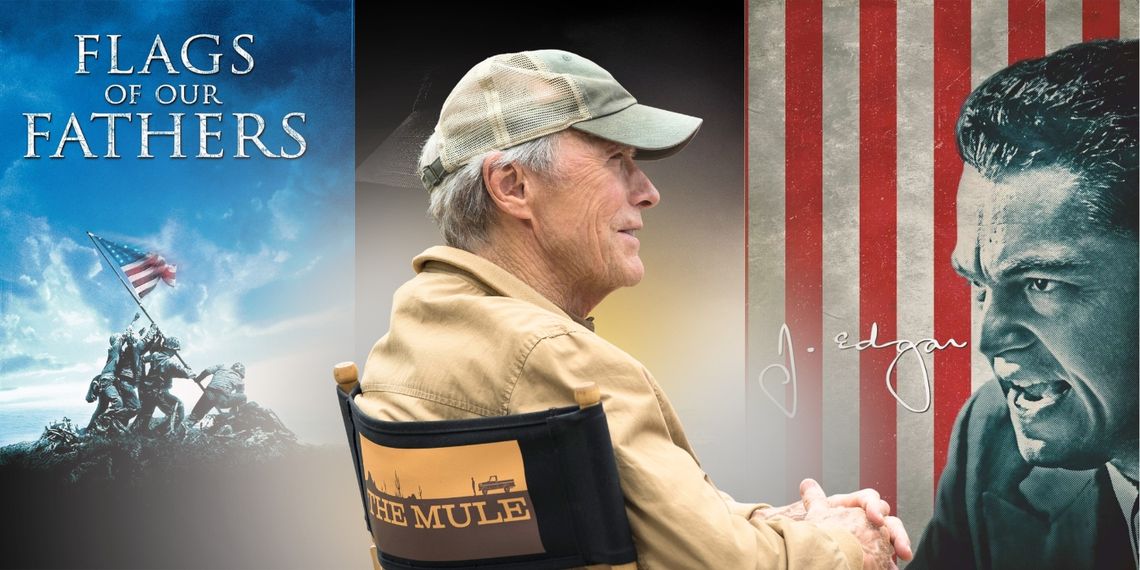
For close to 70 years, Clint Eastwood has stamped his mark on Hollywood, crafting unforgettable stories and characters. Now, at the remarkable age of 93, he is believed to be in the process of creating what might be his final cinematic masterpiece, “Juror No.2”. Eastwood’s body of work, including classics like “Unforgiven,” “Dirty Harry,” and “The Good, the Bad, and the Ugly,” bears testimony to his unending dedication.
However, recently, Eastwood’s directorial approach has seen a new dimension, with a keen focus on real-life events and figures, shaping them into riveting movie narratives. But what led to this shift?
Turning Pages of Real-Life Stories
Post “Million Dollar Baby,” Eastwood’s trajectory saw a distinct pivot. He began adapting tales grounded in reality, directing films such as “Flags of Our Fathers,” “Letters from Iwo Jima,” and later “Sully,” “American Sniper,” and “Richard Jewell.” These stories not only shed light on significant events and personalities from the recent past but also magnify the weight of public acclaim and scrutiny on heroes.
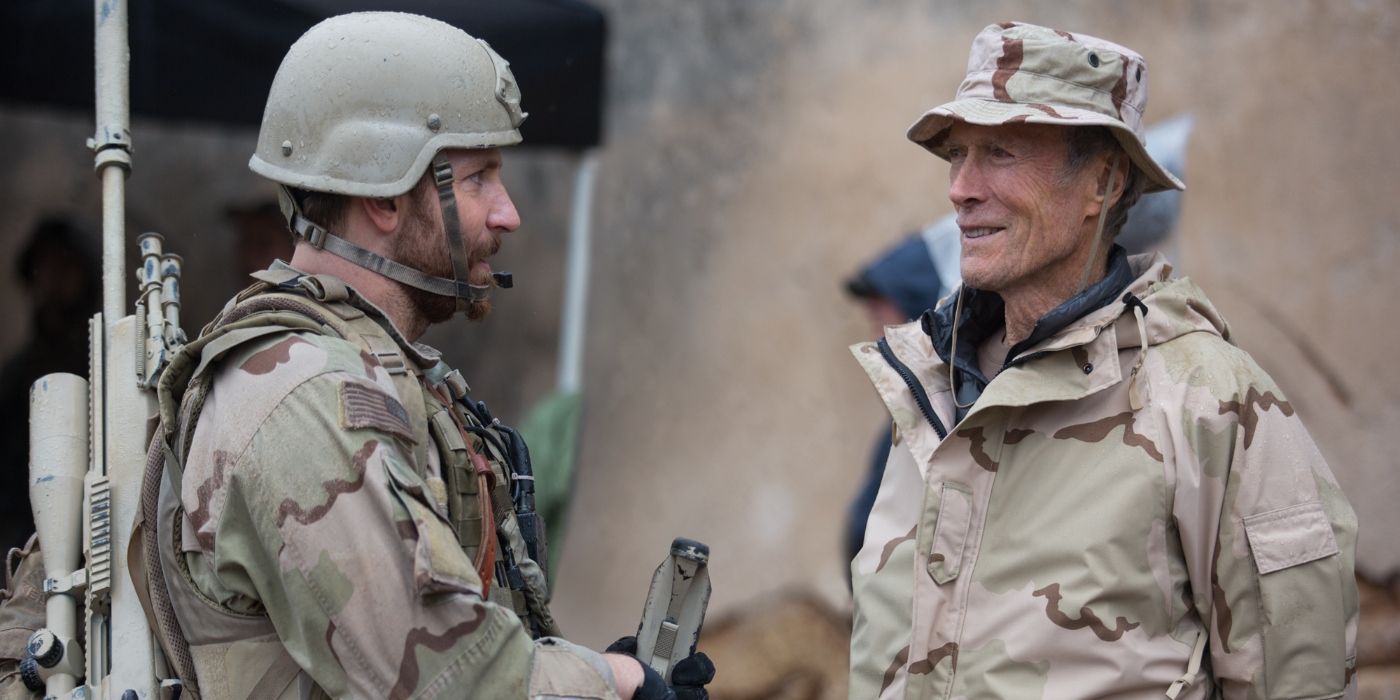
Among his notable experiments was “The 15:17 to Paris,” which chronicles a real-life terrorist attack thwarted by three Americans. Eastwood chose a novel approach for this, casting the actual heroes – Spencer Stone, Alex Skarlatos, and Anthony Sadler, blending narrative with documentary.
However, Eastwood’s penchant for spotlighting the heroes hasn’t been without its challenges. His narratives, while stirring, have occasionally been critiqued for their portrayal of governmental and media agencies, as evident in “Sully” and “Richard Jewell.”
The Rationale Behind The Real Stories
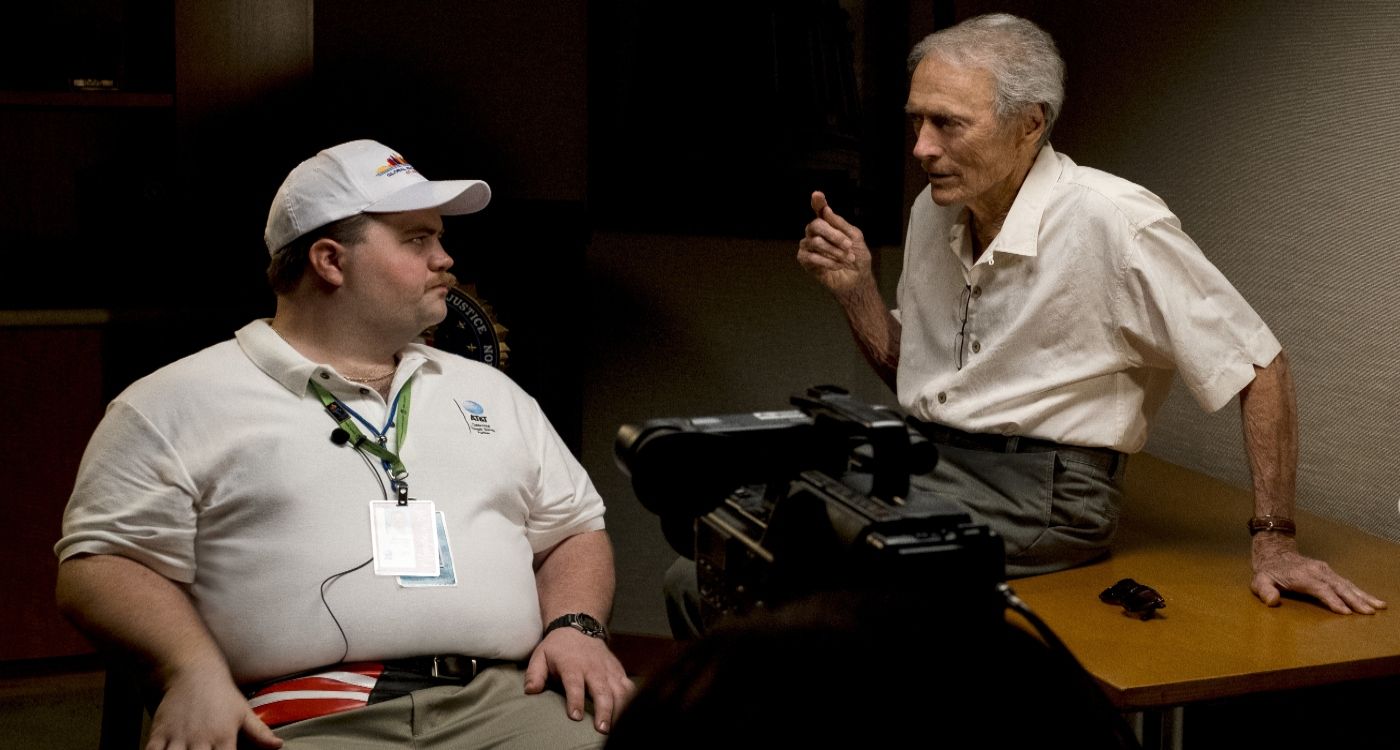
So, why has Eastwood been leaning towards reality-based films? The legend himself keeps it simple. “There’s no particular formula,” he remarked during a CinemaBlend interview, emphasizing that such scripts organically come to him.
Still, Eastwood’s cinematic choices reflect his introspective nature. Films like “Unforgiven” challenge traditional hero archetypes, and his narratives like “High Plains Drifter” and “The Outlaw Josey Wales” deconstruct popular mythologies.
His transition to real stories doesn’t seem accidental. They appear to be extensions of his introspective journeys, charting the highs and lows of life in contemporary times.
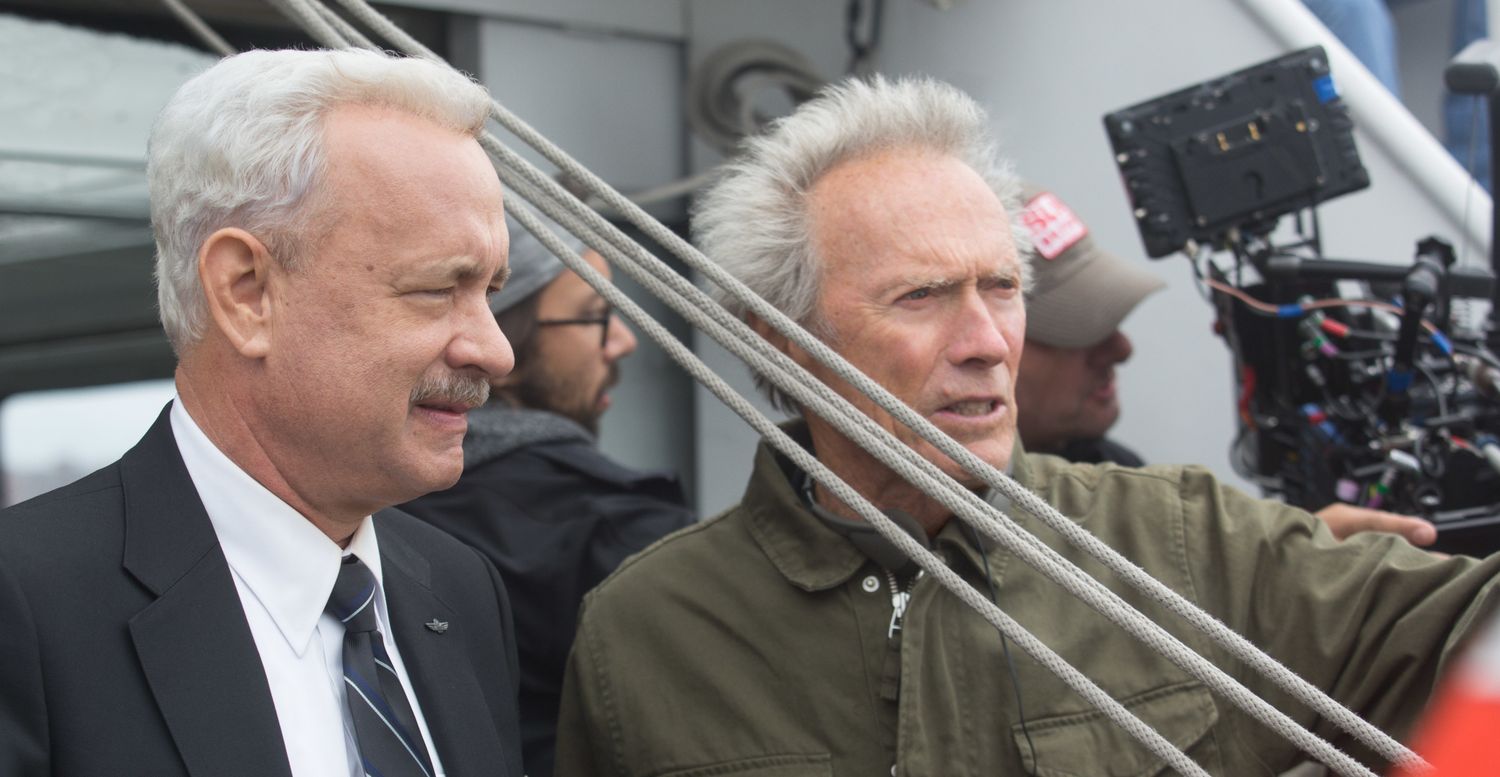
Reframing Heroes: Eastwood’s Modern Masterpieces
In films like “Sully” and “Richard Jewell,” Eastwood explores the fragile nature of truth and the power dynamics governing its narrative. He meticulously peels back layers of his protagonists, revealing their vulnerabilities, strengths, and the societal pressures they face.
Interpreting Eastwood’s films merely through his political and personal beliefs might be reductive. By capturing the dichotomies in his characters – their valor and flaws – Eastwood invites viewers into a nuanced world, where heroes are human, marked by their imperfections.
In an industry dominated by fictional tales, Clint Eastwood’s evolution towards real stories stands out, presenting an intimate portrayal of true-life heroes, their triumphs, tribulations, and everything in between.


